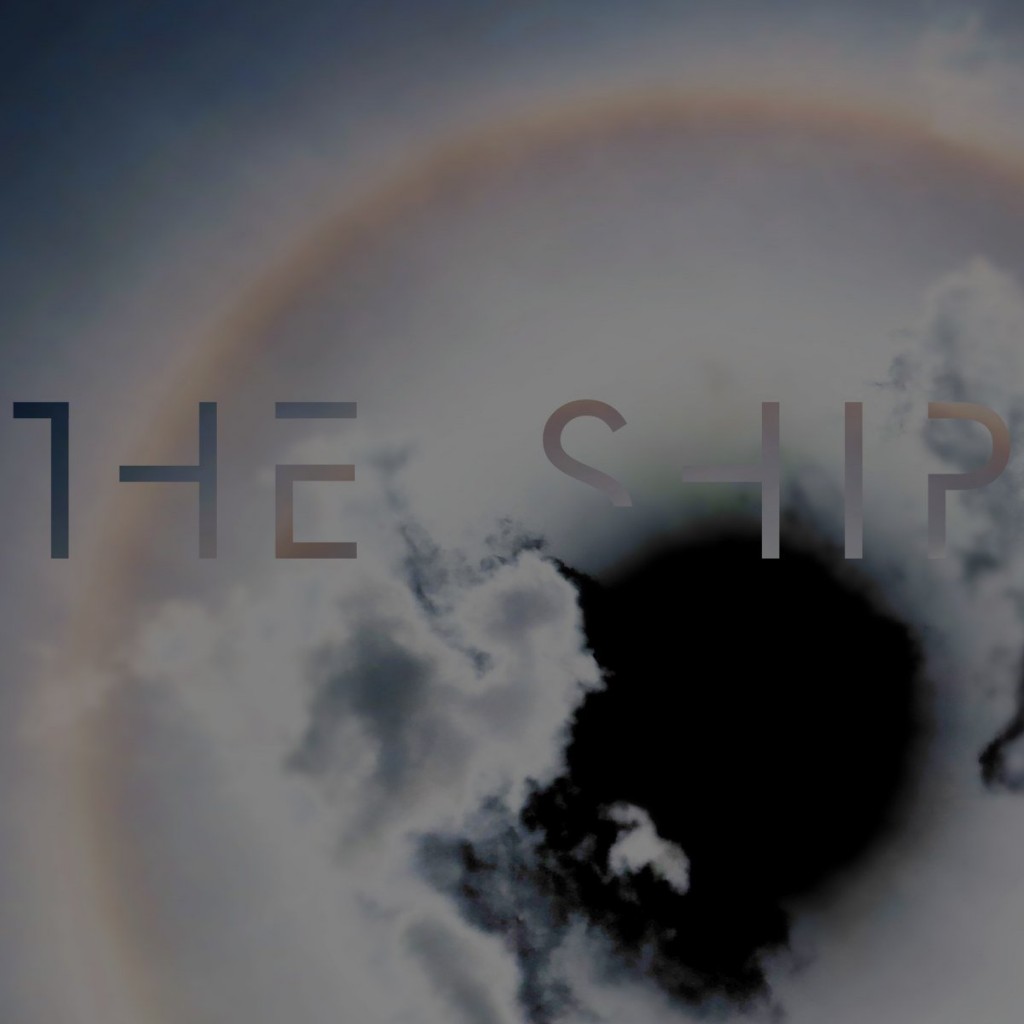Meditative pad string synths open the first 21 minute song of this album. Reminiscent of whale song, distant and glistening electronic timbres scatter the ethereal bed of sound that Brian Eno slowly and purposefully builds for the first six minutes. When Eno’s voice finally enters, it is processed, deep and haunting, seeping through the sound like an underwater Gregorian chant.
A little over half way through, all of the song’s layers unravel and the voice deteriorates, becoming so heavily processed it is difficult to discern. It is extra-terrestrial, eerily reciting the words “wave after wave, after wave, after wave, after wave…” seemingly drawing us further down towards the ocean floor with the sunken Titanic, from which the whole album is inspired.
The second part of the album is in 3 movements – Fickle Sun (i), (ii) and (iii). It begins with another abnormally long 18 minute track, pulling together an array of flickering electronic textures and tones, ranging from waveringly bright and vibrant to dramatically dark. Gradually, a reverberant bass is introduced, plucking a sparse and misplaced rhythm. Eno’s singing voice resurfaces, more clearly and theatrically this time.
Fickle Sun (ii) The House is Thin begins with simple melodic patterns played on acoustic piano. Atop of this, in spoken word, actor Peter Serafinowicz bestows a computer-generated poem made up of recounts of the sinking ship, World War I songs, and descriptions of machinery. As we are so deeply submerged in Eno’s muffled, watery world up until this point, this track is a slightly rude awakening, as it pulls us right back up above the surface.
The final track of both the movement and the album, Fickle Sun (iii) I’m Set Free is a cover of The Velvet Underground’s I’m Set Free. It has an early Beach Boys feel, rich with harmonies and laden with dreamy string synths. A pleasant rendition, although in comparison to the previous songs it seems straightforward, played within the instrumental and structural confines of a regular old pop song. This final ‘movement’ may seem like a very vanilla finale to The Ship. In the grand scheme of the album however, it actually heightens it’s un-convention and obscurity.
The Ship builds a soothing dream world that denies many musical expectations. It harnesses a unique perception of time and space, slowly assembling moment by moment and sound by sound. With 40 years of game changing, genre altering music behind him, this latest effort is a perfectly fitting addition to the Eno inventory.
–
‘The Ship’ is out April 29, grab a copy here.













